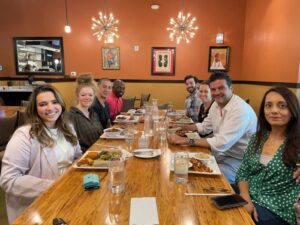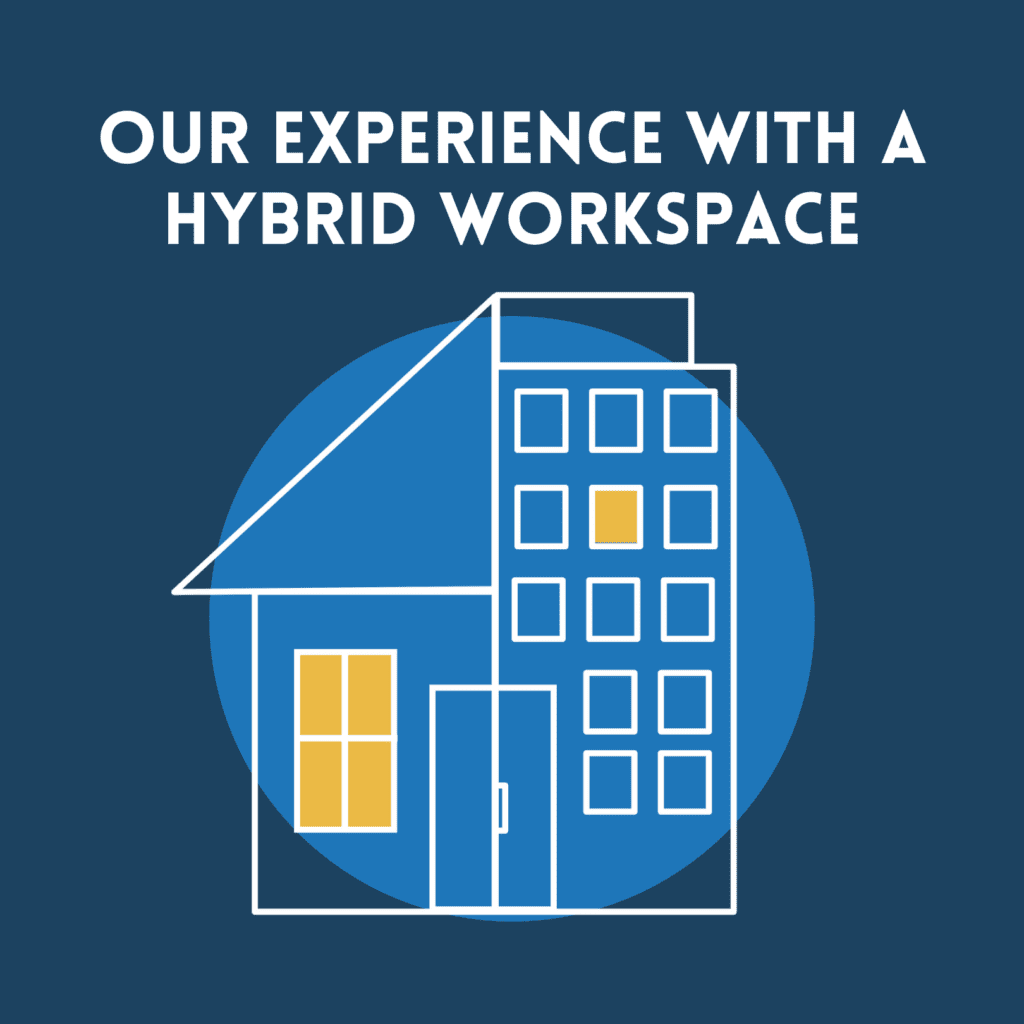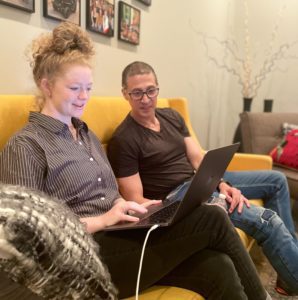We know you’ve heard it before and seen a stream of articles on hybrid, remote and other forms of work these days. So now it’s about “real world” experiences and here’s ours – what worked for us and what didn’t!
Throughout the pandemic, we’ve followed an approach of being safe and smart and had our share of false starts. As a team we had one goal: reconnect and rebuild the collaborative and fun environment we once had (you can’t quite build culture over zoom!). We started with a “come as you please” approach to get our team used to being back in the office. We had been working remotely for over a year and we knew we needed a grace period. We then adopted a hybrid work model where team members would be in the office 2-3 days a week, on the days of their choosing.
The primary benefit of a hybrid model is flexibility and the ability to interact with colleagues and collaborate. Stanford Professor, Nicholas Bloom, found that, “Hybrid employees tend to outperform office-only employees, and are far happier. The reason is that flexibility is a huge benefit for them—they get to do activities they really value while outperforming at work.”
While we wanted the work life balance and improved focus afforded by remote work, we decided to create a more structured hybrid model. Our schedule consists of being in the office on Tuesdays through Thursdays and working from home the rest of the week. This framework has really worked well for us! For teams like ours that require creative thinking and collaborative engagement, this feels like the optimal model.

Amongst the practices that have worked for us are:
- A cohort schedule where we have a 3:2 model in which employees come into the office Tuesday through Thursday, working from home on Mondays and Fridays.
- Sharing calendars and blocking off time for focus and personal appointments.
- Setting and communicating clear start and finish times for our work day to make sure everyone is responsive when needed.
- For remote meetings, the video is turned on to ensure our team members are present and engaged.
Overall we’ve had a smooth transition back into the office and we credit this to our hybrid approach. Having a structured plan has allowed us to be flexible, yet still have collaborative, engaged time together on a regular basis.
To learn more about us and our previous projects, read reviews left by clients on our Clutch profile or contact us directly to get started on your next project.

